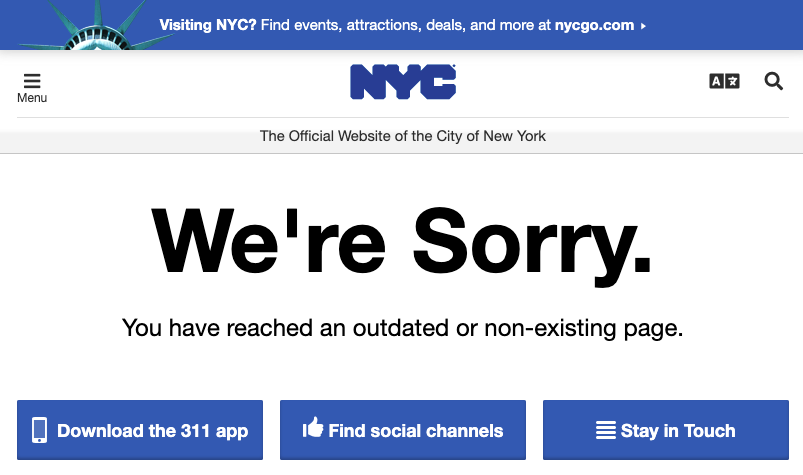Established in 2018, the New York City Civic Engagement Commission (NYCEC) offers poll-site language assistance that supplements existing NYC Board of Elections' interpretation services, which are mostly limited to Spanish and Chinese.
The CEC's language assistance aims to supplement the BOE's services.
"Many residents of New York City speak more than one language; a number of them speak and understand non-English languages more fluently than English," according to the CEC.
Its methodology is based on the US Census Bureau's American Community Survey (ACS), which estimates at more than 1.7 million the number of New Yorkers with limited English proficiency. It aims to serve the voting-age US citizens who are a subset of that population.
But how close to the reality is the CEC's map? Let's compare the list of poll sites offering language assistance for the June 2022 primary elections and the Census data by community district.
Between 2015-2019, the five-year time period covered by the ACS data, Russian-language speakers represented almost two-fifths (39%) of US citizens of voting age with limited English proficiency.
While Russian-language help is provided at numerous poll sites in Brooklyn, Queens and Manhattan, such resources are not offered in Staten Island.
Haitian speakers, the second largest group of voters with limited English, represent more than half of such citizens in Crown Heights and East Flatbush -- where language services are offered.
Arabic speakers, the third group, get poll-site assistance only in Brooklyn -- despite the fact that they are present in three other counties.
Italian-speakers may consider themselves most fortunate, with poll sites covering four of the five boroughs in which they reside, with the exception of Manhattan.
While these supplemental language resources were created with the purpose of expanding voting access to a greater number of US citizens regardless of their English proficiency, finding them was more difficult than it should have been.
The only election for which these poll sites could be found was the June 2022 primary. For a citizen looking to exercise their right to vote, this scarcity can be a deterrent. The fact that language access to the polls is managed by two different instances (the CEC and the BOE) with two different sets of sites, can only add to the confusion.
A search for "Board of elections language help" leads to the CEC's webpage, which only provides a list of sites dating back to June 2022.
A search for "NYC elections interpreter" yields resources to BECOME an interpreter, along with the aforementioned CEC list. No information about the Board of Elections.
At press time, phone calls to the Board of Elections' Manhattan office, executive office, and language department were met with a request to address questions to the Board's press office, which hasn't responded.
